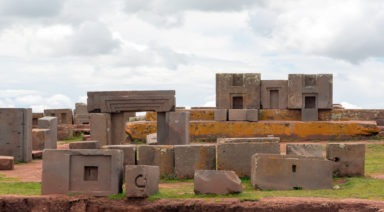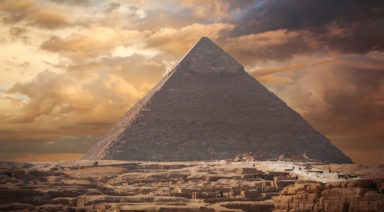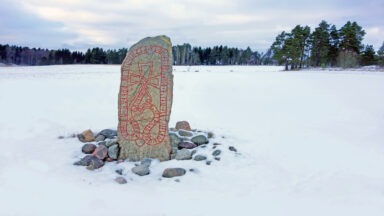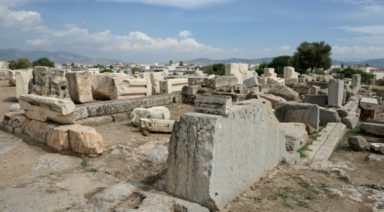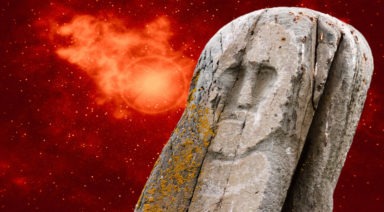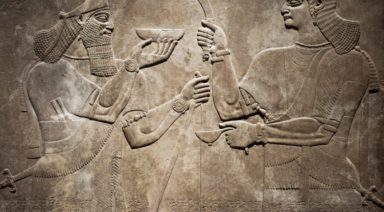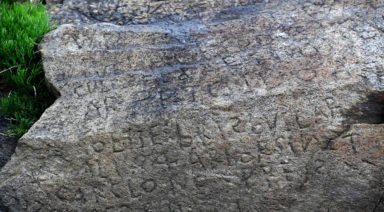Bering Archipelago May Debunk Land Bridge Migration Theory

A controversial new study may rewrite the history books on how and when North America was first populated.
Historians and archeologists have tried for years to answer the question, “how did our ancient ancestors first populate North America?”
The most prevalent theory has been the Bering Land Bridge theory—that ice age migrants crossed an ancient landmass from Siberia to North America. But a new theory states that ice age migrants may have used a series of islands, The Bering Transitory Archipelago, to make the crossing and use these islands as stepping stones to get to North America. Using a method called retrospective sea-level mapping, scientists found evidence of an archipelago nearly 900 miles long that existed up to 30,000 years ago.
This theory could debunk the Bering Land Bridge theory, change our understanding of early human migration to North America, and shine a light on maritime technologies they may have possessed.
Watch more:
Researchers Decode Ancient Egyptian Spell From Mysterious Codex
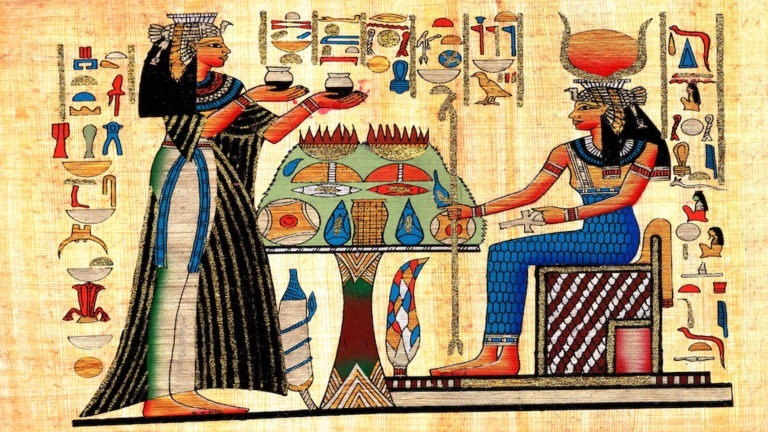
Two Australian scholars translated an ancient Egyptian handbook containing 20 pages of papyrus encoded with magic spells. The codex contains bizarre drawings and a series of enchantments written in Coptic, an Egyptian language that used the Greek alphabet. The origin of the codex, as well as its discoverer, remain unknown.
Now referred to as the “Handbook of Ritual Power,” the documents were decoded by researchers Malcolm Choat from Macquarie University and Iain Gardner from the University of Sydney. Macquarie University originally purchased the codex in 1981 from an antiques dealer, though attempts to decipher it were unsuccessful for decades.
The two initially translated the documents in 2014, but now a new translation by French academic Korshi Dosoo of a page containing a cryptic drawing, appears to be a magic love spell. Dosoo recently published his translation in the Journal of Coptic Studies. The texts are believed to have been written some 1,300 years ago in Upper Egypt and contain 27 enchantments paired with various illustrations.

courtesy LiveScience.com
The writings contain biblical references to Jesus, Adam and Eve, and a previously unknown Coptic deity, named Baktiotha. The nature of the documents’ translation led the researchers to believe it was a collection of spells made by a scholar, rather than a religious figure, who compiled it in order to help others achieve specific life goals.
The recently translated love spell seems like it was used to solve a love triangle or some other complicated romantic situation.
“Christian literary texts from Egypt which mention love spells often imply that the problem is not that the woman doesn’t love the man per se, but that he does not have access to her, because she is a young unmarried girl protected and secluded by her family, or already married to someone else,” researcher Korshi Dosoo of the University of Strasbourg, told LiveScience.
Other spells were clearly used for social or occupational purposes, such as getting along better with another person or outperforming a business rival. The codex also included spells that were clearly meant for medical applications like curing disease and other ailments.
There still remain a number of other cryptic texts throughout the world eluding scholars’ translation, most notably the Voynich Manuscript – a compendium of herbal and medicinal knowledge, with bizarre illustrations of naked women in bath halls. Since it’s discovery and identification as a rare and enigmatic codex, attempts to translate the manuscript have baffled a multitude of university professors, as well as AI algorithms built specifically to translate it. Though the Voynich text looks similar to Gaelic scripture, AI determined it to be Hebrew, while scholars at Perdue recently determined its origin to be Mexican.
For more on mysterious encryptions in ancient Egyptian art check out the documentary series, The Pyramid Code:






